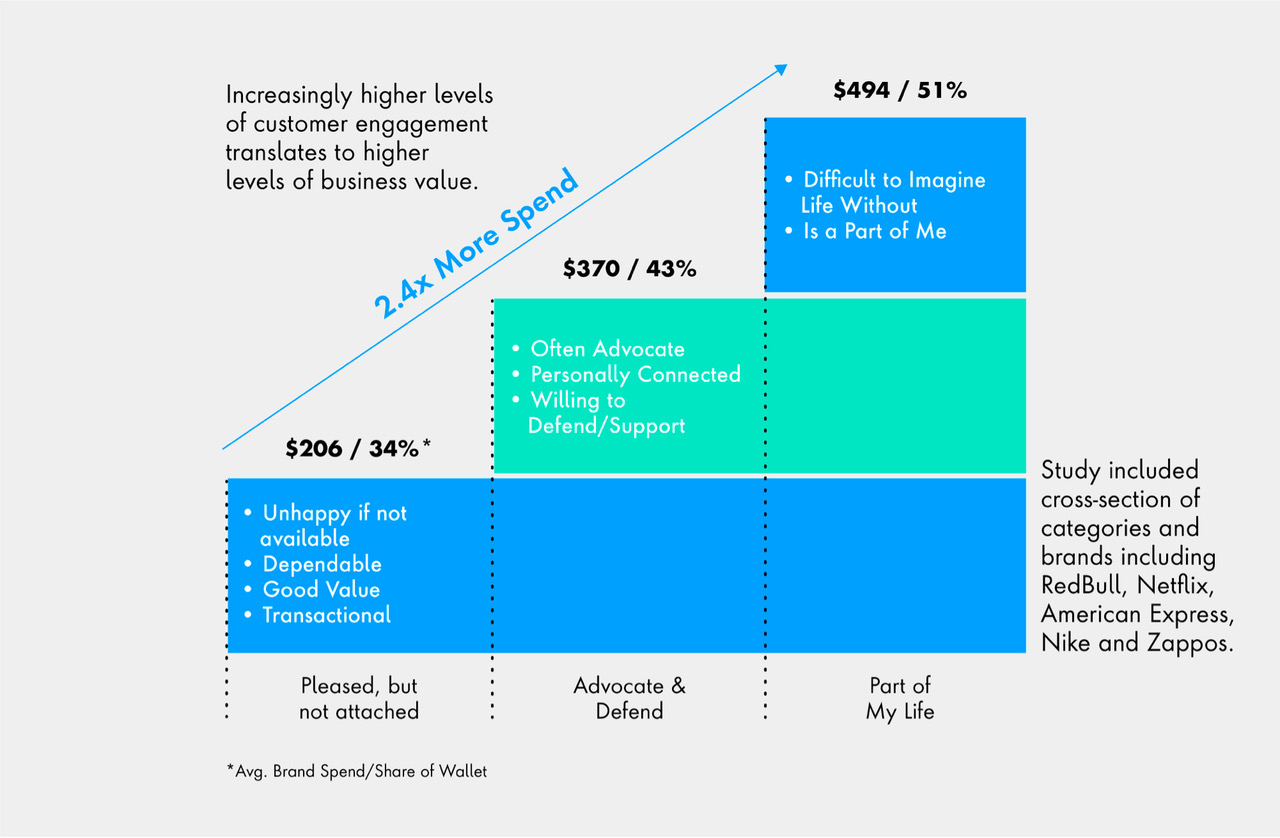Five Considerations for Retailers
Winning the loyalty of consumers takes more than offering a loyalty card and price rebates. For the vast majority of retailers, those ideas are table stakes capabilities that most every company offers. They do not differentiate the brand or create a meaningful experience for the customer.
To enable an extended value approach to loyalty, retailers must create data-driven strategies that focus on targeting customers at different stages of their relationship. By using data to segment the customer population by attributes like purchase amount, recent purchases and frequency of purchasing, it is possible to appropriately target those segments and continue to build their loyalty.
Below are five key considerations for how retailers can use data to advance their loyalty strategy:
1. Build a thorough understanding of your customers
Retailers have access to immense amounts of data, both first-party and third-party that sheds light on customer behaviors, interests, motivations and preferences, as well as larger societal trends and issues. Developing a customer data platform (CDP) that combines all the disparate sources of customer data in the enterprise to create a customer 360 view and insight analysis will help the business identify the most profitable customer segments which are likely to have a better propensity for loyalty. The CDP, coupled with a rule or decision engine to activate personalized experiences in marketing and e-commerce applications will help convert those customer segments to higher visit, purchase frequency and a larger share of wallet.
2. Develop a holistic loyalty strategy
Brands must consider their strategic goals at the outset whether they are addressing competitive threats, enhancing brand appeal or improving revenue and margin. From there, all loyalty efforts should be mapped to marketing activities, as well as business priorities and top-level KPIs. The organization’s data strategy should not only assist in the development of the program goals, but also successfully track and assess the effectiveness of each effort.
3. Identify opportunities to increase customer centricity within the supply chain
Retailers should consider how data can help transform their supply chain, particularly as it relates to demand forecasting and planning, strategic fulfillment and returns optimization. For example, retailers can use a data-enabled AI platform that looks across these functions to determine the total cost to serve. Using this approach, the retailer can combine the shipping model and global inventory management model to assess both delivery costs, as well as product availability. This process can identify a shipping option that may be slightly more expensive initially, but helps a specific region or location avoid upcoming markdowns or reduce excess stock. Ultimately, the AI platform helps improve the speed and accuracy of order fulfillment and customer service, which in turn will drive increased customer loyalty.
4. Build a set of marketing activation applications
Retailers must create omnichannel experiences, campaign platforms, offer management, experience analytics and a customer platform that enables execution of the loyalty strategy. The integration of these applications into a marketing activation ecosystem will raise customer engagement through incentives and marketing messages. As the brand integrates the CDP with the activation ecosystem, organizations will have an opportunity to personalize experiences and incentives, thus ensuring higher rates of relevance.
5. Address ways of working to create a high throughput test-and-learn culture
The successful development of extended value exchange relies on experimentation to determine what works for consumers across the entire journey by improving convenience, delight and value. Organizations should implement their own test-and-learn approach, whether it’s piloting experiences in physical stores or A/B testing online, in order to drive a data-centric culture of experimentation and improvement.













